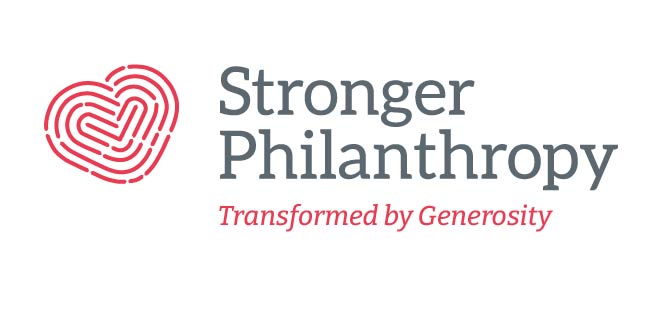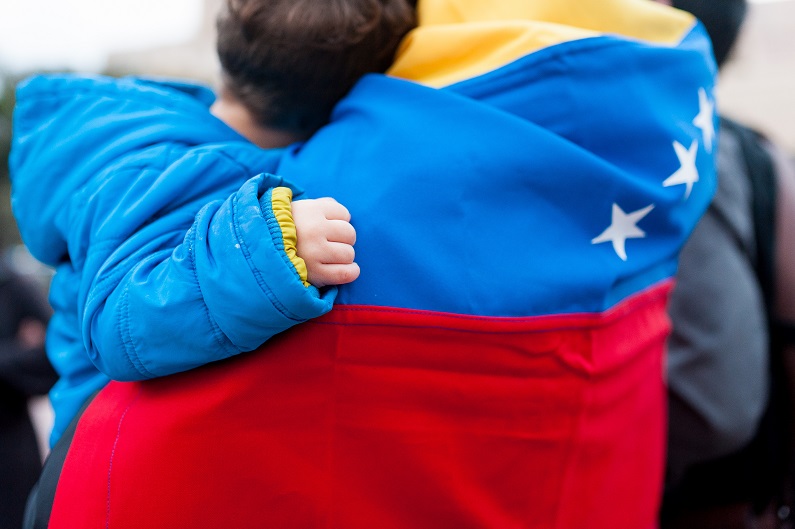The following article is from Nery Duarte, a humanitarian worker in Latin America who is presently involved in grassroots efforts to address the Venezuelan crisis.
I’ve been involved in humanitarian relief and emergency operations in Latin America for 27 years, providing emergency aid to people who have been affected by a tragedy. As soon as the disaster catches the attention of media outlets, generous donors, eager to alleviate the effects of the catastrophe, begin sending their cash donations to the agencies providing relief. But how can donors determine how their financial contribution will have a direct and effective impact on the communities in need of assistance? Here are some guidelines to help you choose a relief agency that will invest the funds appropriately.
Find out the Administration Costs
This is a question most donors know to ask. But it’s a hard one for some international agencies to answer. Either they don’t appropriately track their administration costs all the way to the beneficiaries, or they hesitate to reveal precisely how much of the donation is appropriated to organizational expenses from the country of origin to its final destination. Here’s a general rule: the larger the organization, the greater the administrative costs. Because the agencies employ workers at all levels, from the country of origin, down to the location of the emergency, their administrative costs will always be greater than those of a smaller, local run relief organization. Some agencies may argue that, because they are larger, they can command greater resources, making their efforts more effective. Then it is up to the donor to assess the quality of the work being done in relation to the funds being consumed. Before giving to any organization providing humanitarian aid, a donor should explore whether or not another perhaps more locally engaged agency is doing the same work at a lesser cost.
Know the Agency’s History in the Affected Community
When an agency has been working with a specific community for a long time, their emergency response will be more cost effective. While working in Haiti earthquake response, I encountered a number of reliefs agencies joining the relief efforts. Those who had the least history of engagement in the community struggled more with effectiveness primarily because it was expensive and time consuming for them to set up shop and manage the emergency operation at the same time. Equally, an agency that has already established a presence in a location, working with the people there, would have a better understanding of existing resources and may have some emergency response procedures already in place. Therefore, the agency who has been there longer will have a more cost-effective operation. Donors must examine the historic engagement of the agency with the local community.
Consider the Future
Donors must get an understanding of what portion of the donated funds will be allocated to ongoing relief and how much will be invested in rehabilitation. The community must be empowered both to rehabilitate and to build their own emergency preparedness. Most donors are compelled to give to an emergency because they see the immediate need for food, shelter, medicines, etc. Before giving, the donors should enquire what strategy the agency has in order give to the local community means to sustain themselves afterward, so that, when the humanitarian emergency is forgotten, or the agency has finished its relief operation, those who have received aid are left not only better prepared to provide support to themselves, but also better equipped for a future humanitarian emergency. In my work in Venezuela, I’m involved in delivering thousands of medicines and pounds of food to the devastated citizens. However, the greater emphasis of my agency’s involvement has been to provide the tools they need to support themselves: we bring seeds, fruit trees in grow bags, fertilizer, instruction, and on-the-ground assistance to help families and communities grow their own gardens. Some of the Venezuelans we help previously held office jobs that didn’t require knowledge of gardening. Because their once-prosperous country is now in total collapse, they are having to learn manual skills in order to survive. Fully aware that the Venezuelan humanitarian emergency will be around for a long time, one of my agency’s goals is to provide the facilities and training that will enable them to sustain themselves on their own.
Understand How the Community will be Affected by the Relief Measures
Satisfying humanitarian needs is crucial, but an agency needs to have a clear understanding on how its relief plan may potentially harm or benefit the local community. Sometimes, existing agencies are forced to expand their efforts when confronted with an unexpected catastrophe. Without a firm understanding of the effects of their actions, the results could be detrimental to those they wish to help. The donor must be assured that the agency carrying out the emergency response is experienced and understands the boundaries and potential negative effects of its intervention. As an example of relief doing harm, some eager relief agencies brought certain grains to Haiti, the market was flooded and as result local farmers were not able to sell their own produce another agency flooded a market with used shoes not realizing that many local families made their income by selling used shoes.
Investigate the Agency’s Current Network
Cooperation with other local agencies will minimize the cost of the emergency response, and, as a result, allow for the utilization of more resources for direct assistance. One good example of this concept is currently evidenced in Cúcuta, Colombia, where many local churches have opened their doors for international agencies to work with them to satisfy the needs brought about by the influx of Venezuelan refugees. Such networking with other local agencies is cost-effective and utilizes the full extent of local knowledge and expertise.
Seek an Agency that Effectively Incorporates Volunteer Efforts
The greatest strength of any agency is its people. A donor should ask to what extent the humanitarian agency has managed to recruit and empower national and international volunteers. A local field volunteer has a deeper perception of needs and local resources available. Agencies such as Doctors Without Borders comprehensively rely on volunteers to carry out a percentage of their tasks, thus giving opportunity for donor investments to have a more direct effect on local communities.
Learn about the Agency’s Competencies
The more extended the tasks a humanitarian agency take on, the less likely to be effective; the more focused, the more likely to be efficient. The donor needs to determine if the agency managing a diversified portfolio is efficiently focusing on its own expertise, or if it is sacrificing quality by overextending its effort on several sectors such as education, health, shelter, water, agriculture, etc.
Nery Duarte. M. Div. The author has been involved in supervision, management, and fundraising for relief and development projects in Latin America and the Caribbean for the past 27 years through Latin America Mission. nerypamduarte@gmail.com. He is featured in the second half of the following video.

